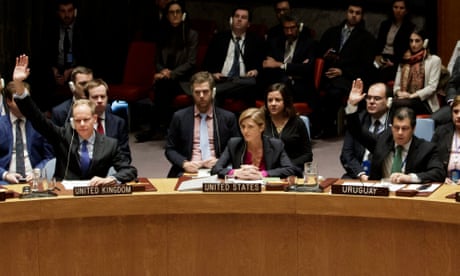by Girish Menon
I studied in a Christian school
I speak and think in English
I have crossed the ocean
I eat animals and the holy cow
Am I a Hindu?
The government regulates my temples
'Free will' applies to the church
Ghar wapasi is frowned upon
Love crusade is the norm
How do I practise as a Hindu?
Christian India, Christian India
No Hindus left in Christian India
But look at the demographic change
The army of Jesus grows faster
With their offshore bureaucratic might
How do I survive as a
Hindu?
The Congress party hates us
So do the Communists,
Muslims and Dalits
The parliament loves Americans,
free marketers and evangelists
How do I survive as a Hindu?
Christian India, Christian India
No Hindus left in Christian India
Africans and Koreans have seen the light
Many Chinese believe in Jesus
The Nagas all used their 'free will'
to embrace the Holy Father’s gospel
The missionaries work in stealth
How do I survive as a Hindu?
Christian India, Christian India
No Hindus left in Christian India

